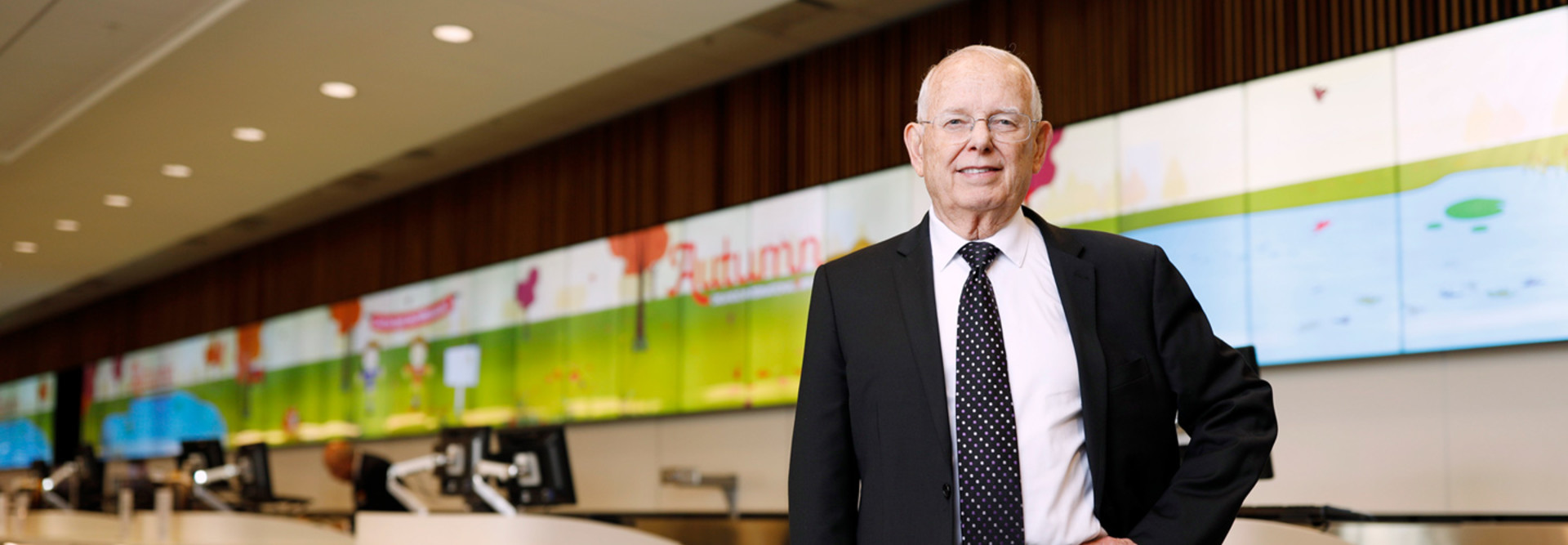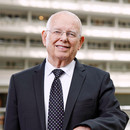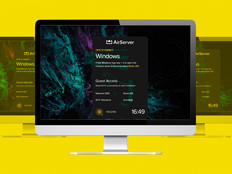In the past, every time an airline moved or a new food or beverage vendor joined, the agency had to swap out physical signs. Now, signs update digitally.
In addition, Annie the Astronaut, the airport’s mascot, can fly on and off the digital signs and video walls, improving customer service and branding. “She’ll dance and point in the right direction. Sometimes she waves and holds up a sign. It’s a really cute way of entertaining everyone and helping you find your way around the airport,” Newsome says.
MORE FROM STATETECH: Digital signage is one element of smart city deployments.
Las Vegas Uses Displays to Improve Traffic Flows and Safety
Digital signage is changing the way traffic moves through Las Vegas and surrounding areas. The city launched a digital traffic-direction project in 2016 and expects to complete the program by July 2019. It seeks to make commuting easier and faster for the occupants of the 300,000 vehicles traveling along Las Vegas roads every day.
The new digital signage is part of Project Neon, a $1 billion investment in the city, which makes it the largest public works project in Nevada history. The signs are full-color, high-resolution video displays that provide real-time trip and traffic information to drivers. They are designed to reduce crashes, ease traffic and broadcast public service data. The same information that hits screens is also available on a custom mobile app, creating true interactivity.
Manufactured by Daktronics, the signs are set up as a series of video billboards. There are two types: 12-foot-tall, 60-foot-wide screens spanning all lanes on a highway and smaller screens mainly used for lane control.
All of the video screens are positioned every half mile and work concurrently, says Dale Keller, assistant chief of project management for the Nevada Department of Transportation. They are also bidirectional, featuring video cameras that can capture traffic in real time in an effort to reduce secondary accidents.
“We’re using them for construction control, lane control and traffic times. It’s innovative because we can collect data for speed, lane and road status and provide warnings,” Keller says.
Denver Taps Digital Signage to Inform Municipal Workers
Digital signage isn’t just for public-facing projects. For instance, Denver is upgrading digital signs to better inform municipal employees, says Diane Vertovec, the city’s director of marketing and communications.
Denver has more than 11,000 employees across 27 agencies. City employees once received information about city programs via an email newsletter and various printed signs located at roughly 200 physical locations. That strategy wasn’t working well because the city has a dispersed workforce, with many workers lacking access to email.
“We needed to reach people who collect trash as well as city attorneys. We wanted to find a way to communicate with employees who may spend very little time inside an office,” Vertovec says. “Plus, we had a physical need to reduce the poster easels standing in hallways and posters tacked to walls. We wanted everyone to receive the same messaging, and we wanted to avoid clutter.”
Denver installed the first five video screens in July 2017 in municipal offices and courts. Today, eight signs have been installed, with 43 more in the pipeline from Four Winds Interactive.
“When they first launched, they were glorified PowerPoints, but now we have multiple feeds within the signage,” says Wade Balmer, a project marketing and communications specialist.
A digest feed now features articles about city agencies. Another social media feed pulls in tweets and posts from all of the city agencies’ accounts. There’s a crawl at the bottom of the display with city news. And then there’s employee-generated content the city curates. “Sweaty selfies” show employees engaged in wellness activities. Participation has doubled since the city started listing those classes on the video screens, and Vertovec says every agency is clamoring for its own video screen installations.











